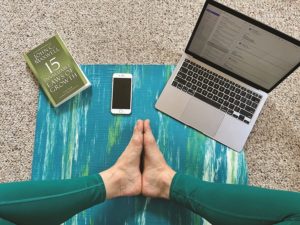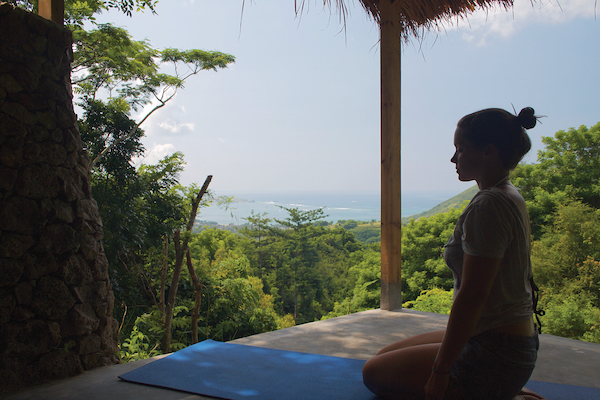With the move to remote work for so many, the already tenuous lines separating work and life have pretty well dissolved. One result is a thriving productivity industry. It seems as if just about everything has the potential to make us more productive now. Midday showers? Productivity booster. Walk around the block? Do it now! Petting your cat? Every little thing counts.
Maybe our society has always been obsessed with productivity and work. But the melding of our personal lives and work lives now seems omnipresent. It doesn’t help that our cell phones allow us to work from anywhere. Even the beach. And the desire to do more — even when we are maxed out — is stoked by the idea that we should be able to monetize just about anything.
But what does it mean when your moments of introspection, your morning meditation, or your yoga class are redefined as surefire ways to refocus your attention and get you back to work better than before?

The advice of our high priests of productivity hinges on the fundamental assumption that who you are and what you are doing right now is just not enough. If you aren’t optimizing every moment, relationship, and hobby, you are not really living.
Productivity-hackers tend to appeal to professional types. CEOs and monks alike rise at 4 a.m. to sit in stillness. The only difference is that while the CEO is using the practice to become more productive, the monk is sitting in stillness to simply sit in stillness.
As our “time is money” mantra has leaked into the wellness world, it has poisoned the well just enough that we don’t quite notice there’s a problem until we burn out. At which point, we wonder why our yoga and meditation practice hasn’t saved us.
As someone who teaches yoga online, I realize I’m walking a delicate line here. I don’t mean to sound like a salty purist. There is evidence that corporate implementations have worked.
In 2015, New York Times business reporter David Gelles wrote that the insurance company Aetna estimated it was saving $2,000 per employee in health-care costs and gaining $3,000 per employee in productivity as a result of yoga and mindfulness classes in their workplaces.
Aetna CEO Mark T. Bertolini reportedly overhauled the corporate environment to include yoga and meditation courses onsite, spurred by his own experience with the practices after an accident that nearly killed him. Employees reported lower levels of stress, and biomarkers measured by physicians showed that their heart-rate variability and cortisol levels were lower.
I don’t think those of us who teach should stop speaking about the benefits of practice. Where we need to be careful is in the intention we are encouraging. If you are using your yoga practice to increase your productivity, then your practice becomes another thing on a to-do list to enhance the next thing on that same list.
The truth is that yoga and meditation aren’t meant to define your worth, foster your productivity, allow you to attain things, or fast-track anything — in short, to “hack” your life. These practices are instead reminders that you do not need to attain anything to be worthy and whole.
If parsing this seems hard, consider the intentions behind your actions. An example: acts of kindness are known to boost serotonin levels and lead to reciprocal kindness. If we see a neighbor in need and we help her out because we know it will make us happier, are we actually being kind? Do we lend a hand so that, down the line, our neighbor owes us something? Is this actual kindness? Or a tit-for-tat?
The difference is easy to discern. Intention, intention, intention.

